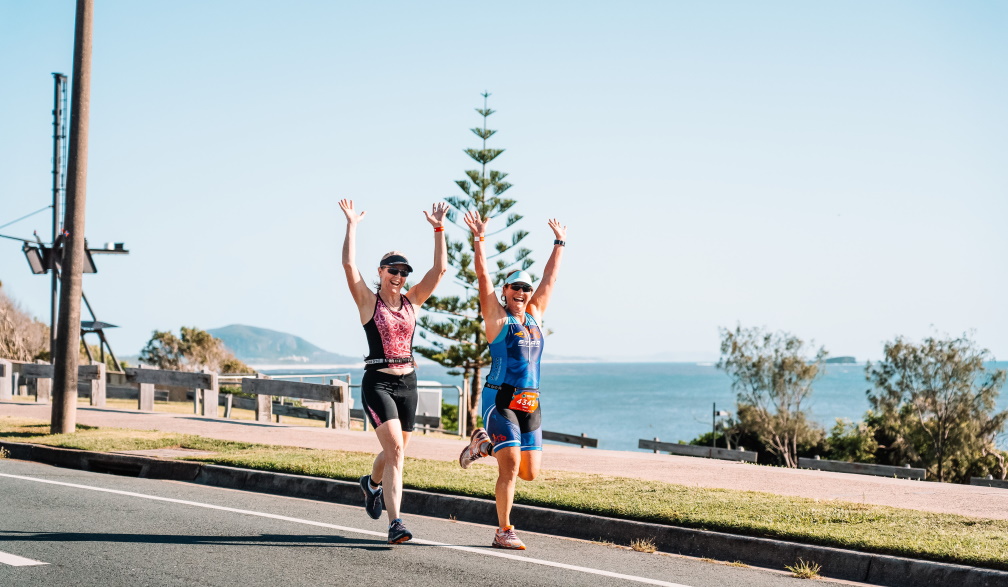QUEENSLAND FAST BECOMING AUSTRALIA’S ENDURANCE EVENT HOTSPOT
- Written by Business Daily Media

Pristine Backdrops, Best-In-Class Offerings and Post-Event Holiday Deals Capturing Interstate and International Interest
Recently crowned the tourism capital of Australia, the Sunshine State is drawing thousands of interstate visitors not only for holidaying, but for the love of competition as well. This year alone, Tourism and Events Queensland (TEQ) will support over 17 endurance events in the state, spanning triathlons, running, swimming and cycling.
With consumer confidence growing and the return of many large scale community events, the industry body continues to see competitors, particularly females, travel from all over the country and beyond to race, compete and be part of the action.
Some of this year’s high-profile events include the IRONMAN 70.3 Sunshine Coast, Gold Coast Marathon and Noosa Triathlon, with all offerings attracting Australians of all fitness levels and abilities to their starting lines.
Prior to COVID interruptions, a Tourism and Events Queensland Report (2017) found that endurance athletes continue to choose Queensland for its dependable climate, its high standard of overall experience, atmosphere and competition, as well as for its inclusive environment and plethora of holiday opportunities available to participants and their families post-event.
In a recent statement, Queensland Tourism Minister Stirling Hinchliffe praises Queensland’s unique visitor experiences, labelling them as the envy of Australia and the world.
Not only a positive experience for those competing, the influx of visitors is simultaneously benefiting local economies, something that Joshua Nadzielski, Director and Franchisee of Quest Robina is experiencing with a significant increase in overnight expenditure.
“Our hotel was completely booked out for the weekend of the Gold Coast Running Festival, with many on a waitlist that we were not able to accommodate. Of these, 80% were multi-night stays,” he says.
“Looking back into 2021, we also had a larger number of rooms booked in with us for similar events. Significant school holiday traffic has also been coming through for the holiday period from interstate – predominately VIC and NSW."
Whether it’s an elite-level triathlon in tropical surrounds, or a family-friendly marathon down the heart of the Gold Coast, an incredibly diverse events program is putting Queensland on the map for Australians seeking a taste of the endurance high.







